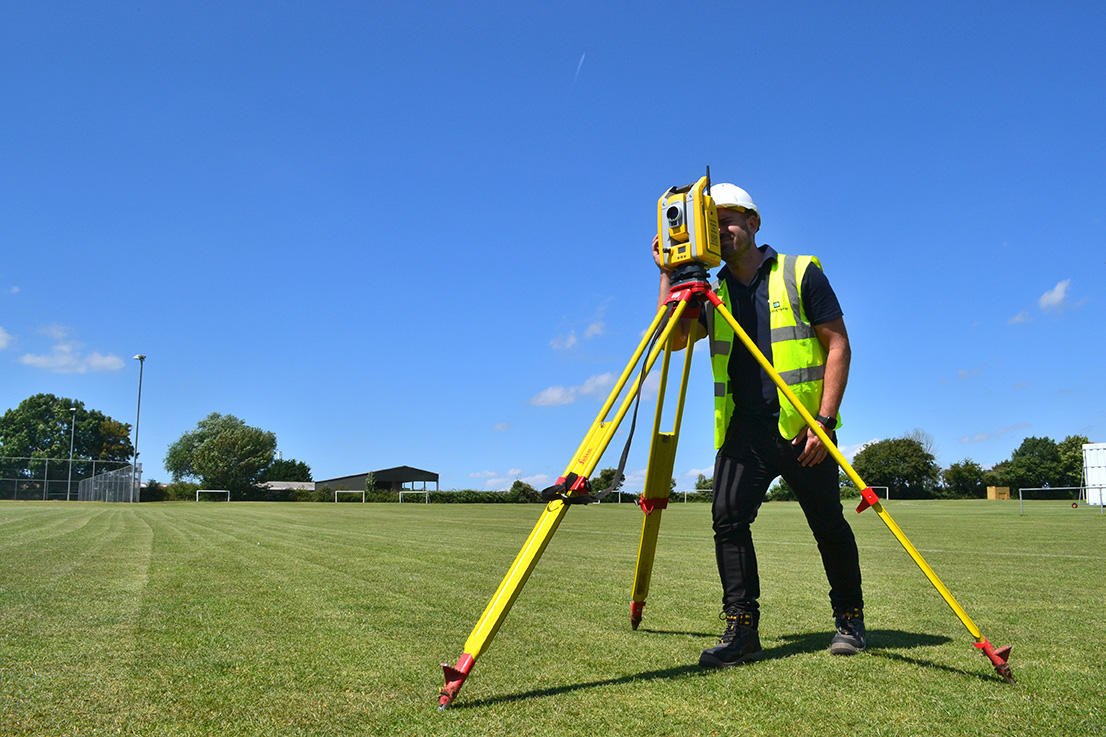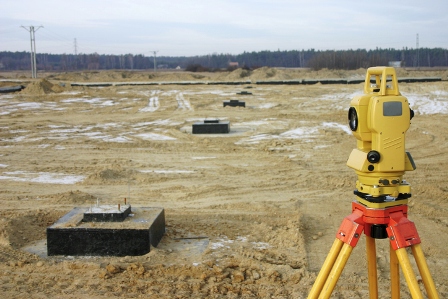Necessary Devices and Techniques in Setting Out Engineering
The self-control of establishing out design counts greatly on a suite of necessary tools and techniques that underpin the accuracy and efficiency of job execution. Instruments such as land surveyor's levels, total terminals, and progressed GPS modern technology are essential for establishing accurate referral factors. In addition, the assimilation of traditional methods with modern methods, including geospatial evaluation and 3D modeling, provides significant benefits in picturing site problems. Comprehending exactly how these aspects communicate is crucial for improving and decreasing errors task outcomes, yet the nuances of their application frequently remain ignored. What ramifications does this hold for future engineering techniques?
The Importance of Accurate Measurements

The relevance of exact measurements expands beyond simple compliance; they are integral to the general performance of engineering procedures. Inaccuracies can cause material waste, task delays, and boosted labor prices, ultimately impacting the task's profits. Precise measurements boost the quality of the final item, ensuring that it does as planned and satisfies the expectations of stakeholders.
Furthermore, the value of accurate dimensions is obvious in numerous design self-controls, consisting of civil, mechanical, and electrical engineering. Thus, fostering a society that focuses on accuracy is essential for the future of design.
Necessary Tools for Setting Out
Establishing out, a critical stage in the design and construction process, depends greatly on particular devices that make sure accurate place and alignment of frameworks. Amongst these tools, the land surveyor's level attracts attention, supplying precise straight dimensions necessary for establishing referral points. This instrument makes it possible for designers to identify altitude changes and preserve harmony throughout the job website.
The total station is an additional important device, integrating electronic range measurement with angular dimension capabilities. This innovation boosts performance and accuracy in catching spatial information, allowing for effective website layout and planning.
Furthermore, the usage of measuring tapes and marking tools, such as chalk lines or stakes, is essential for momentarily marking boundaries and essential points on the site. These fundamental tools, though straightforward, are crucial for guaranteeing clear interaction amongst the building group regarding project specs.
Last but not least, GPS innovation has actually gained traction in laying out procedures, providing real-time placing information and significantly boosting precision over typical approaches. Jointly, these crucial devices develop the backbone of effective laying out techniques, inevitably adding to the effective execution of engineering and building projects.
Advanced Surveying Strategies
Advanced evaluating strategies play an essential function in improving the precision and efficiency of engineering projects. These techniques encompass a variety of techniques that provide exact information for style and building. Standard techniques, such as leveling and triangulation, have actually advanced into more innovative techniques, including Total Terminal studies and Global Navigating Satellite Solution (GNSS)
Total Terminal gadgets integrate digital theodolites with distance measurement capacities, enabling surveyors to collect precise location information with excellent rate. This modern technology dramatically minimizes errors related to hands-on measurements and supplies real-time information processing. Furthermore, GNSS supplies exceptional precision for massive projects by making use of satellite signals to establish precise positioning, which is essential for guaranteeing and straightening structures compliance with style requirements.
Along with these tools, advanced strategies additionally integrate geospatial evaluation and 3D modeling. These approaches make it possible for designers to visualize surface and site problems better, promoting much better additional hints decision-making during the preparation phase. By employing these sophisticated checking techniques, engineering jobs can achieve better precision in design, decrease rework, and inevitably improve total job success.
Digital Technology in Design
The integration of electronic innovation has actually transformed design methods, improving both productivity and accuracy throughout different techniques. Tools such as Building Details Modeling (BIM) facilitate the visualization and administration of complex tasks, enabling engineers to work together seamlessly and make educated choices. This technology enables the creation of detailed 3D designs, which can be analyzed for architectural stability and efficiency prior to construction begins.

The application of man-made knowledge and equipment discovering in design processes even more boosts anticipating maintenance and optimization of sources. Generally, electronic technology is improving the design landscape, driving development, and making certain that jobs are completed with higher efficiency and lowered risk.
Ideal Practices for Application
When more carrying out electronic modern technology in engineering, it is important to establish a tactical technique that straightens with job objectives and business capacities. A detailed analysis of existing workflows and innovation facilities is vital to recognize voids and chances for renovation. Involving stakeholders early while doing so cultivates partnership and makes sure that the innovation satisfies user demands.

Project supervisors should adopt a repetitive execution strategy, permitting modifications based upon real-time responses and performance evaluations. This active strategy not only alleviates risks however additionally promotes continual enhancement by incorporating lessons discovered.
Final Thought
In final thought, the combination of vital tools and advanced techniques in laying out engineering is vital for making sure precision in measurements and successful project execution. Employing tools such as land surveyor's degrees, complete terminals, and GPS innovation, together with contemporary checking techniques, improves accuracy and reduces the possibility blog of errors. Taking on best methods in application additionally maximizes these processes, ultimately fostering boosted project outcomes in the design and building and construction fields.
The technique of establishing out engineering relies greatly on a collection of important devices and methods that underpin the accuracy and effectiveness of project implementation.Furthermore, the importance of exact measurements is noticeable in various design self-controls, including civil, mechanical, and electric engineering. By using these sophisticated surveying strategies, engineering tasks can accomplish greater accuracy in layout, lower rework, and eventually enhance total job success.
Overall, electronic innovation is improving the engineering landscape, driving advancement, and guaranteeing that projects are completed with better performance and minimized threat (setting out engineering).In conclusion, the integration of necessary tools and advanced strategies in setting out design is important for making sure precision in measurements and effective project execution